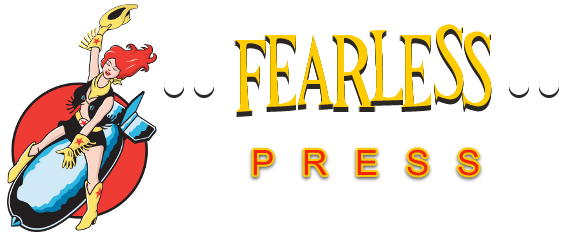What we call magic markers in North America, Australians call Textra. Have no doubt, though: Alrene Textaqueen makes magic with felt tipped pens. Textaqueen loves markers and she loves her fierce queer community. She’s spent the past ten years drawing women and genderqueer folk “un-dressed-up” in her series of portraits entitled Textranudes.
Textaqueen’s work feels very flat, almost like a coloring book. Maybe it’s the use of felt tip pens that makes me feel like I have walked into a perverse art suppy, but the medium is effective. After all, what’s more accessible than a coloring book? We’re free to paint inside or outside of the lines and make up our own rules. As many of Textaqueen’s subjects lie outside of stereotypical gender and sexuality binaries, this seems apt.
At first glance, her portraits may seem like caricature, but there is reverence in these marked lines, not mockery. Textaqueen is playful with both her markers and her subjects, making the work accessible while still being provocative. She does not consider herself a voyeur, however, but views her work as an engagement with her tribe. “I make my artwork for my community, though it also does make me a living,” she says.
Like Catherine Opie, Textaqueen celebrates the performative characters of her community. Her portraits are sexually charged, if not erotic. The sexuality is in the confidence and strength of her subjects. She talks to her models while she draws them, and the text in her work comes from these chats. Isolated from the larger conversations, these phrases become affirmations for gender, sexual and artistic freedom.
Something else that really appeals to me about Textaqueen’s work is the diversity of her subjects, and her unapologetic inclusion of all sorts of women and genderqueer people. We rarely encounter art that features stories about dis(ability), class or race that are not fully focused on the topic , especially among representations of sexuality and perversity. Arlene Textaqueen embraces the complexities of her subjects’ identities, and doesn’t distort reality for the sake of someone else’s comfort.
That is not to say that her images do not have some distortion. They’re animated, alive, and a bit disproportionate. “I don’t consciously distort my portraits,” she says. “I draw straight onto the paper with black texta reasonably quickly so I have to be confident in my line and the distortion just happens.” A quickdraw, she then must find a way for the rest of the figure and all the details to fit. Her drawings are cluttered with props and symbols of her subject’s lives, leaving no space untouched.
Some of her subjects are familiar: legendary sex activist, educator and artist Annie Sprinkle and her partner Beth Stephens (and their dog, Bob); Author Michelle Tea; and transsexual performance artist Annie Danger, who poses with a hulk fist on her hand and her legs spread. Some of her models are just the girl or performer down the street, the people she wants to honour. Ultimately, these are the people of Alrene Textaqueen’s community: an army of queers, ready to form a revolution from marker to page, from Australia to the US of A.
(All Arelene Textaqueen quotes come from this interview: http://thedesignfiles.net/2008/05/interview-arlene-textaqueen/)
